Castle Life
|
| |
||||||||||||||||||||||||||||||||||||||||||||||||||||||||||||||||||||||||||||||||||||||||||||||||||||||||||||||
|
|
||||||||||||||||||||||||||||||||||||||||||||||||||||||||||||||||||||||||||||||||||||||||||||||||||||||||||||||
|
|
Introduction to Life in a Medieval Castle
Medieval life in a castle was harsh by modern standards, but much better than life for the majority of people at the time - in French the expression "La vie du chateau" denotes a life of luxury. The civilisation of the ancient pagan world had disappeared. Along with theatres, libraries, schools and hippodromes went luxuries such as running water, central heating, public baths, public lavatories, and sophisticated lighting. Christians did not need baths and they used dark corners for lavatories as God intended. Castles had basic lavatories called garderobes. Light was provided by candles or oil lamps, rarely by the sort of effective torches depicted in Hollywood films. In early medieval times fires were still placed in the centre of the the Great Halll, often with a sort of lantern tower above to let the smoke out. Later castles featured fires against the wall with a flue to carry the smoke away. Other rooms in a medieval castle, at least in later times, included solars ,a sort of early drawing room, and private cabinets (for men) and Boudoirs (for women). As in modern Royal castles today, large medieval castles were generally divided into apartments so that each noble individual (including children) would have their own suite of rooms and their own household staff. Life during the Middle Ages began at sunrise, when a guard trumpeted the day's start. Servants would have already risen, ensuring that fires were lit in the kitchen and great hall and preparing a small breakfast for the lower orders. The fist of the two main meals of the day for the nobles was not served until between 10am and noon. Medieval Food & Cooking was generally healthy, what we now describe as "organic". Food was prepared in large Kitchens, often in a separate building in order to reduce the fire risk. Food include cereals, vegetables, fish and other seafood , and plenty of meat and bread. Off the kitchens were specialist areas for storing and preserving food, including pantries, larders & butteries. There were also storerooms, undercrofts & cellars. Herbs and Spices were used extensively. Dairy products were popular, but fruit less so (fruits were often smaller, tougher and less sweet than modern varieties). Puddings (Sweets and Desserts) on the other hand were always popular. Meals was regulated by some basic rules of etiquette, recognisable as the precursor of modern rules of etiquette. Diet was also regulated by Church teaching which prohibited the eating of various foods at different times of year, prescribing an annual round of fasts and feasts. Medieval Drinks included wine, mead, beer and spirits Each morning floors had to be swept, cleared of any debris, and basins washed out. Once the lord and his lady were up and dressed, chambermaids entered their bed chambers, swept the floor and emptied chamber pots and wash basins. Laundresses began the day's wash. If devout, the lord and his family entered the castle's private chapel for morning mass. Once mass was complete, the lord started the day's business. He was the castle's chief administrator when he was in residence, and sovereign in his own domain, exercising absolute authority over his castle, his estates, and his subjects. Under the feudal system, the lord would need to carry out administrative functions, managing desmenes, accepting homage, carrying out ceremonies of commendation and collecting rents, fees and Medieval Taxes. A lord might be granted possession of more than one manor, barony or earldom so he had to divide his time among all of his properties. His powers were political, judicial, fiscal, and included the policing and defence of his territory. Like his king, he administered justice, inflicted punishment, collected dues from his subjects, and in some cases minted his own coins. A great lord would need a vast array of officers & servants to run a medieval castle When the lord had obligations that took him away from the castle his main representative was the steward. The steward had substantial power of his own, because he had to know virtually everything that went on at the castle and in the surrounding estates. He had to be skilled at accounting and legal matters, as well as personnel management. Other key members of the household staff included the chamberlain (in charge of the great chamber/hall), the chaplain, the keeper of the wardrobe, the butler (also known as the bottler, he ensured there was enough drink stored in the buttery, where the butts of drink were stored), the cook, the chandler (who made candles), and the marshal (who was in charge of the stables), and a chief-gardener to take care of the castle's Medieval Gardens. Each of these individuals had their own, often large, staff to manage. Food production would need to be managed: forests for hunting, farms for meat, vegetable and fruit, ice houses for year-round ice, dovecotes for young pigeons and pigeon eggs. Rivers & fishponds provided fish. Mills were originally water Mills and later windmills The lady of the castle was served by ladies-in-waiting and chambermaids. She spent much of the day overseeing their work, as well as supervising the activities in the kitchen staff. The lady also kept an eye on her large group of spinners, weavers, and embroiderers who continually produced a range of more or less fashionable medieval clothing. Ladies and sometimes clerics were responsible for educating young pages who, at the age of 7, came to the castle to learn religion, music, dance, hunting, reading, and writing before moving into knight's service as squires. People enjoyed a range of medieval games & pastimes. At 14, young boys became squires, and the lord placed them under the guidance of a knight who would teach them about chivalry, how to wield a sword, how to ride a horse into battle, and so on. A squire's goal was knighthood, which could be attained at the age of 21 when boys officially became men. Many knights became highly skilled warriors and spent peacetime ravelling to tournaments to pitch themselves into individual combat with other aspiring knights. Training for medieval warfare was important. Jousts and melées in full armour provided invaluable experience. Tournaments especially were good training grounds for real warfare, and could be enormously profitable. Soldiers were needed to provide a castle garrison. They were stationed in gatehouses and guardrooms. Individual members included the knights, squires, a porter (to tend the main door), guards, watchmen, and men-at-arms. They might need to defend their lord and his household in an instant. Each soldier had his own place in an attack and his own skill to rely upon. Some were crossbowmen, archers, lancers or swordsmen. Livestock roamed inside the stables, blacksmiths banged out ironwork in castle forges, soldiers practised their skills, and children played when lessons were completed. Various craftsmen worked in the inner ward, including cobblers, armourers, coopers (who made casks), hoopers (who helped the coopers build the barrels), billers (making axes), and spencers (accountants who dispensed money). Interior walls were used to support timber structures, like the workshops and the stables. Sometimes, stone buildings also leaned against the walls. Servants were constantly bustling, taking care of the needs of the household. Fires burned, and needed regular mending. Wells and cisterns offered water. At mid-morning, dinner was served. This was the main meal of the day, and often featured three or four courses, as well as entertainment. After dinner, the day's activities would resume, or the lord might lead his guests on a hunt through the grounds of his deer park. The evening meal, supper, was generally eaten late in the day, sometimes just before bedtime. While not as large as dinner, this meal ensured residents would never be hungry when they settled down to sleep off the day's labours. Holidays - literally Holy Days - were times for letting loose of inhibitions and forgetting the stresses of life. The peasants as well as the castle's household found time for pleasure, and made up for their struggles as best they could. The castle always had to be ready for an attack. If the lord of the castle found out there was going to be a battle, he brought more food to the castle in case of a siege. If the battle started and the lord was not at home, the lady organised the army. A siege was an army strategy; the attacking army surrounded the castle to stop supplies from coming to the castle. Usually a siege only lasted a few weeks, but could last months or even years. In 143 BC the city of Carthage withstood a siege for 3 years. |
|
||||||||||||||||||||||||||||||||||||||||||||||||||||||||||||||||||||||||||||||||||||||||||||||||||||||||||||
|
|
||||||||||||||||||||||||||||||||||||||||||||||||||||||||||||||||||||||||||||||||||||||||||||||||||||||||||||||
|
|
|
||||||||||||||||||||||||||||||||||||||||||||||||||||||||||||||||||||||||||||||||||||||||||||||||||||||||||||
|
|
||||||||||||||||||||||||||||||||||||||||||||||||||||||||||||||||||||||||||||||||||||||||||||||||||||||||||||||
|
|
||||||||||||||||||||||||||||||||||||||||||||||||||||||||||||||||||||||||||||||||||||||||||||||||||||||||||||||
|
|
More on Life in a Medieval Castle
Introduction to Life in a Medieval Castle
Officers & Servants in a Medieval Castle
Mills: Windmills and Water Mills
|
|
||||||||||||||||||||||||||||||||||||||||||||||||||||||||||||||||||||||||||||||||||||||||||||||||||||||||||||
|
|
||||||||||||||||||||||||||||||||||||||||||||||||||||||||||||||||||||||||||||||||||||||||||||||||||||||||||||||
|
|
||||||||||||||||||||||||||||||||||||||||||||||||||||||||||||||||||||||||||||||||||||||||||||||||||||||||||||||
|
|
|
|
||||||||||||||||||||||||||||||||||||||||||||||||||||||||||||||||||||||||||||||||||||||||||||||||||||||||||||
|
|
||||||||||||||||||||||||||||||||||||||||||||||||||||||||||||||||||||||||||||||||||||||||||||||||||||||||||||||
|
|
|
|
||||||||||||||||||||||||||||||||||||||||||||||||||||||||||||||||||||||||||||||||||||||||||||||||||||||||||||
|
|
|
|
||||||||||||||||||||||||||||||||||||||||||||||||||||||||||||||||||||||||||||||||||||||||||||||||||||||||||||
|
|
||||||||||||||||||||||||||||||||||||||||||||||||||||||||||||||||||||||||||||||||||||||||||||||||||||||||||||||
|
|
|
|
||||||||||||||||||||||||||||||||||||||||||||||||||||||||||||||||||||||||||||||||||||||||||||||||||||||||||||
|
|
||||||||||||||||||||||||||||||||||||||||||||||||||||||||||||||||||||||||||||||||||||||||||||||||||||||||||||||
|
|
|
|
||||||||||||||||||||||||||||||||||||||||||||||||||||||||||||||||||||||||||||||||||||||||||||||||||||||||||||
|
|
|
|
||||||||||||||||||||||||||||||||||||||||||||||||||||||||||||||||||||||||||||||||||||||||||||||||||||||||||||
|
|
|||||||||
| :::: Link to us :::: Castle and Manor Houses Resources ::: © C&MH 2010-2014 ::: contact@castlesandmanorhouses.com ::: Advertising ::: |


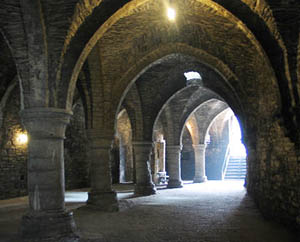



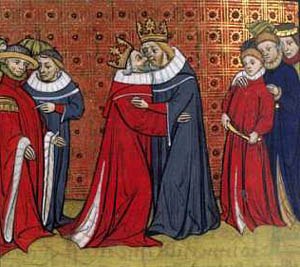












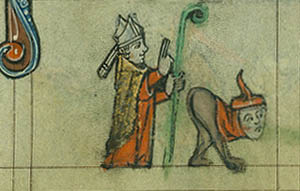


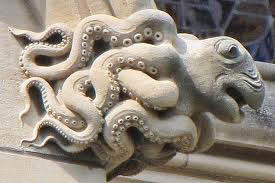
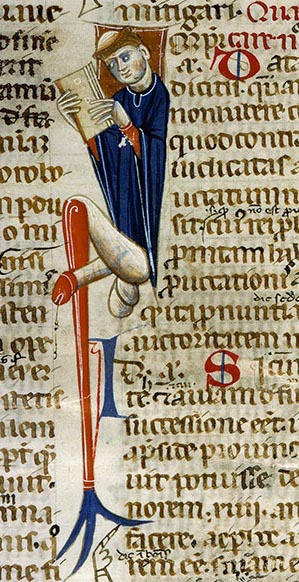


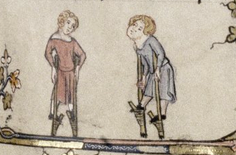


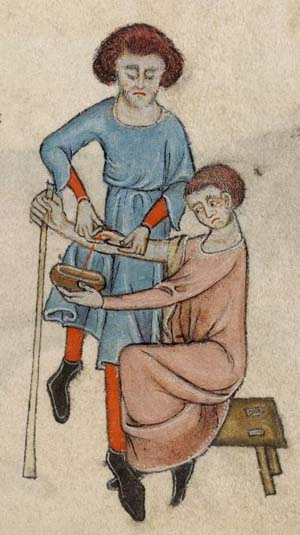








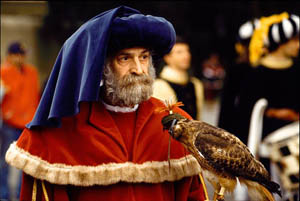
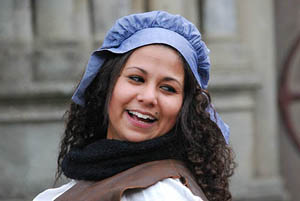

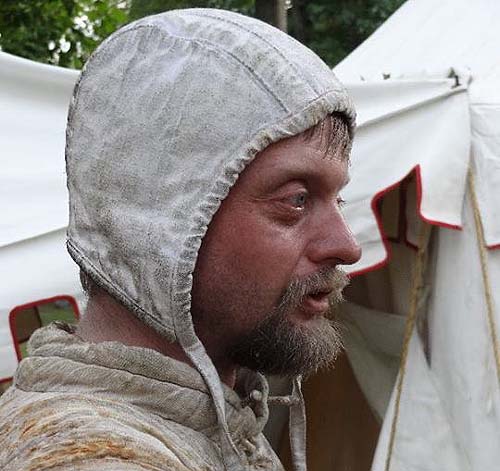






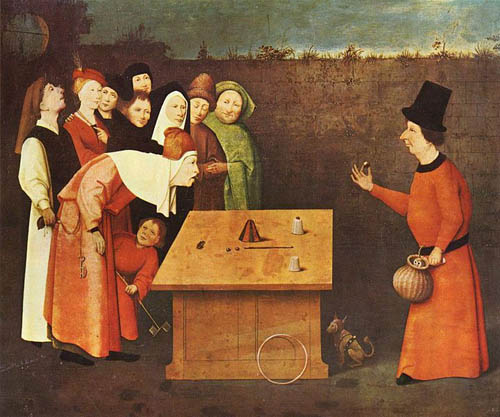






.jpg)

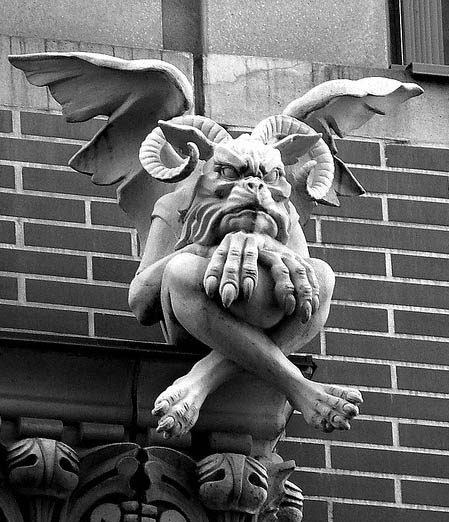
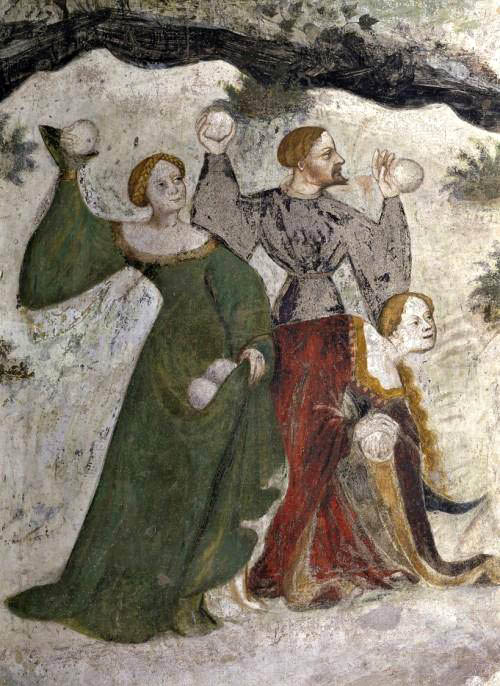






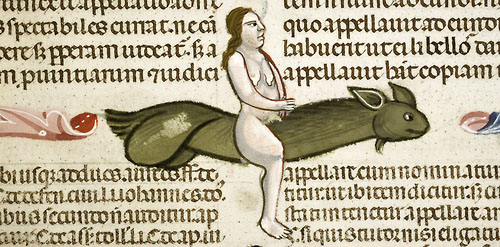

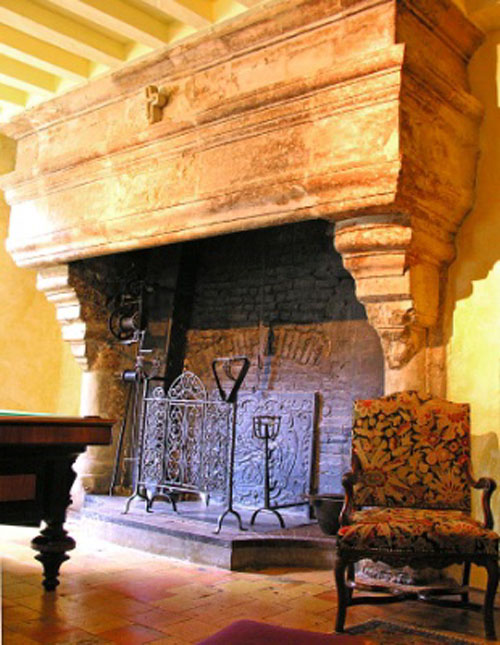

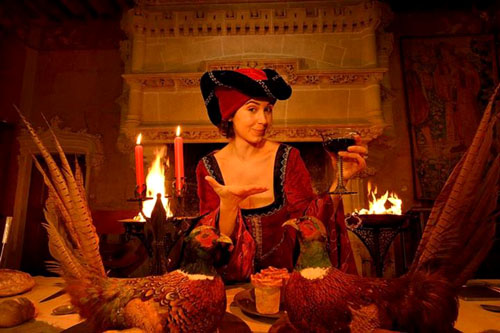
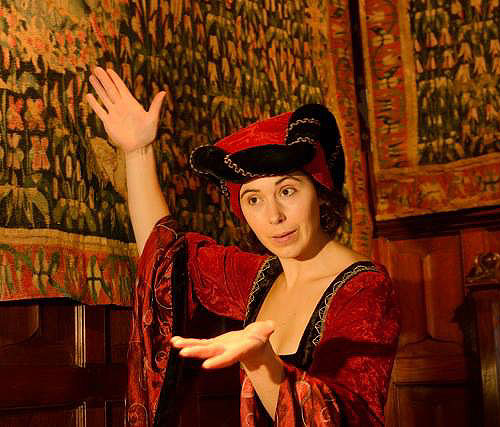
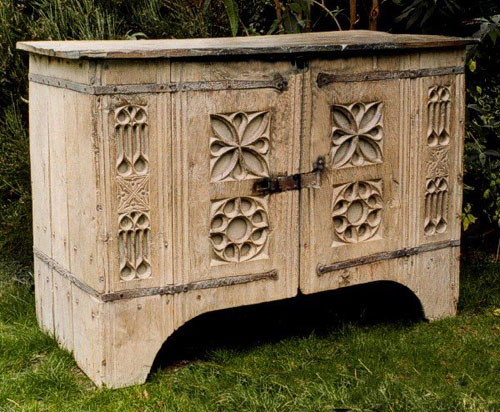
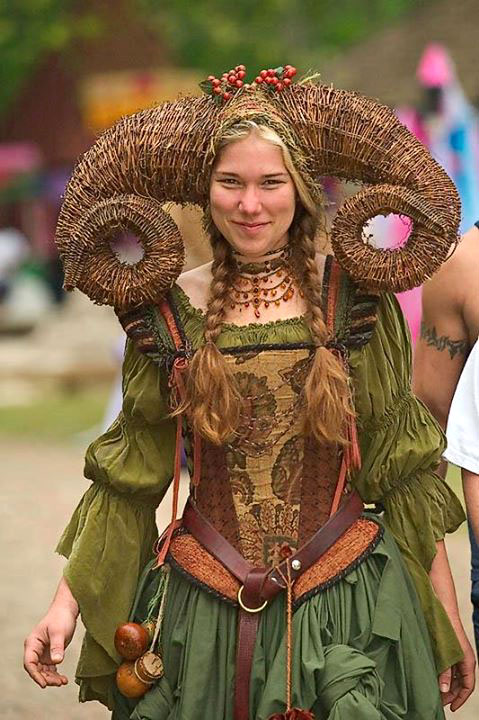


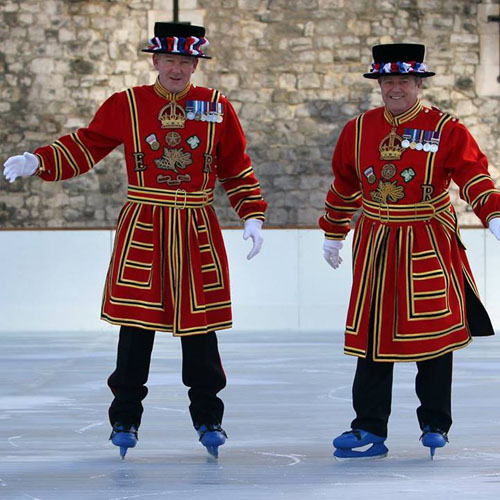



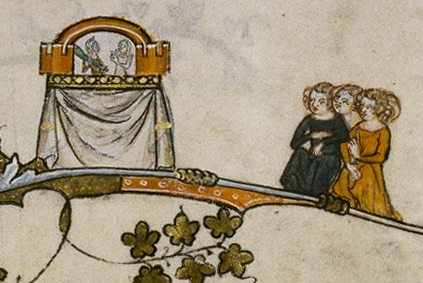

.jpg)

